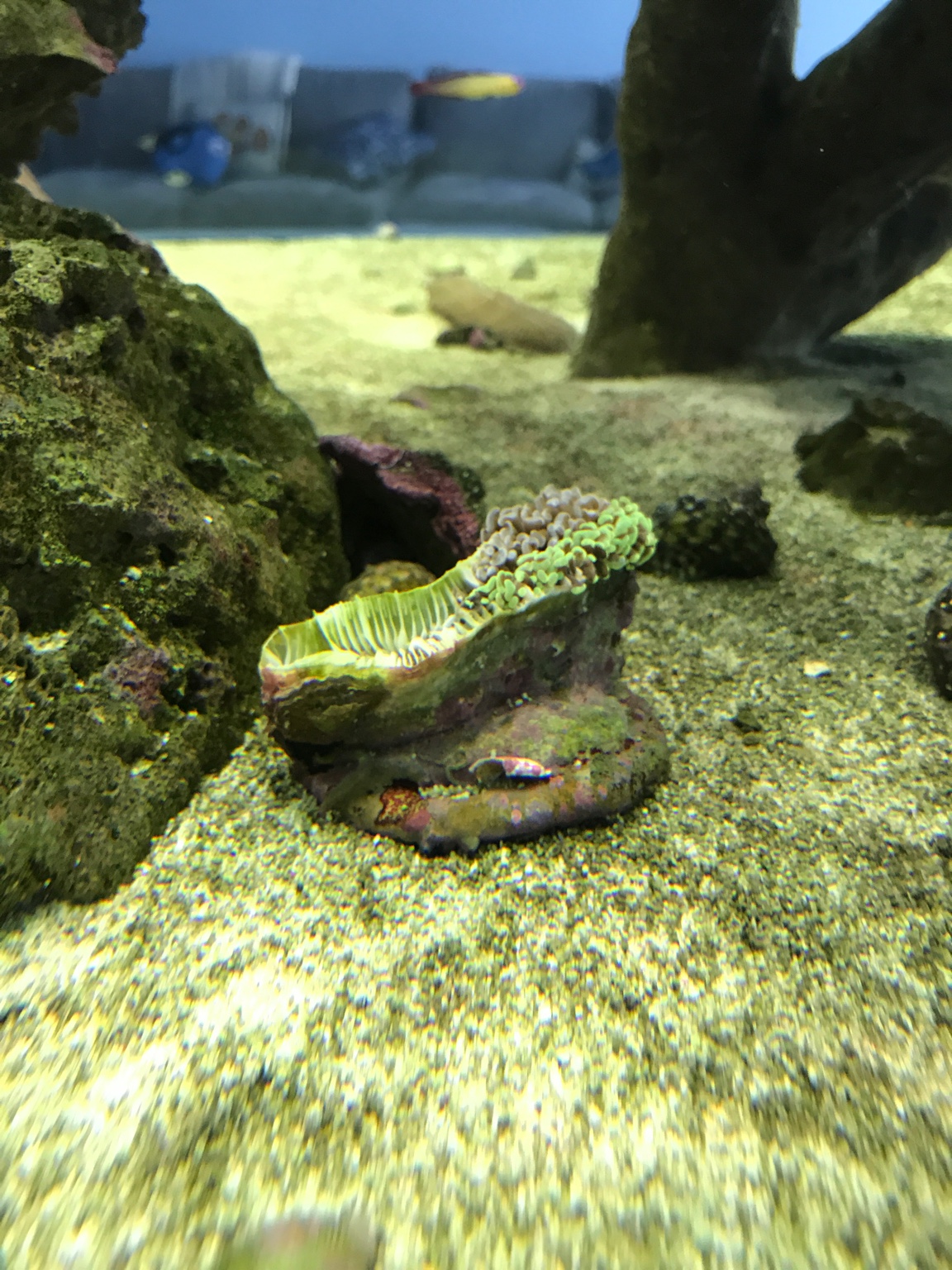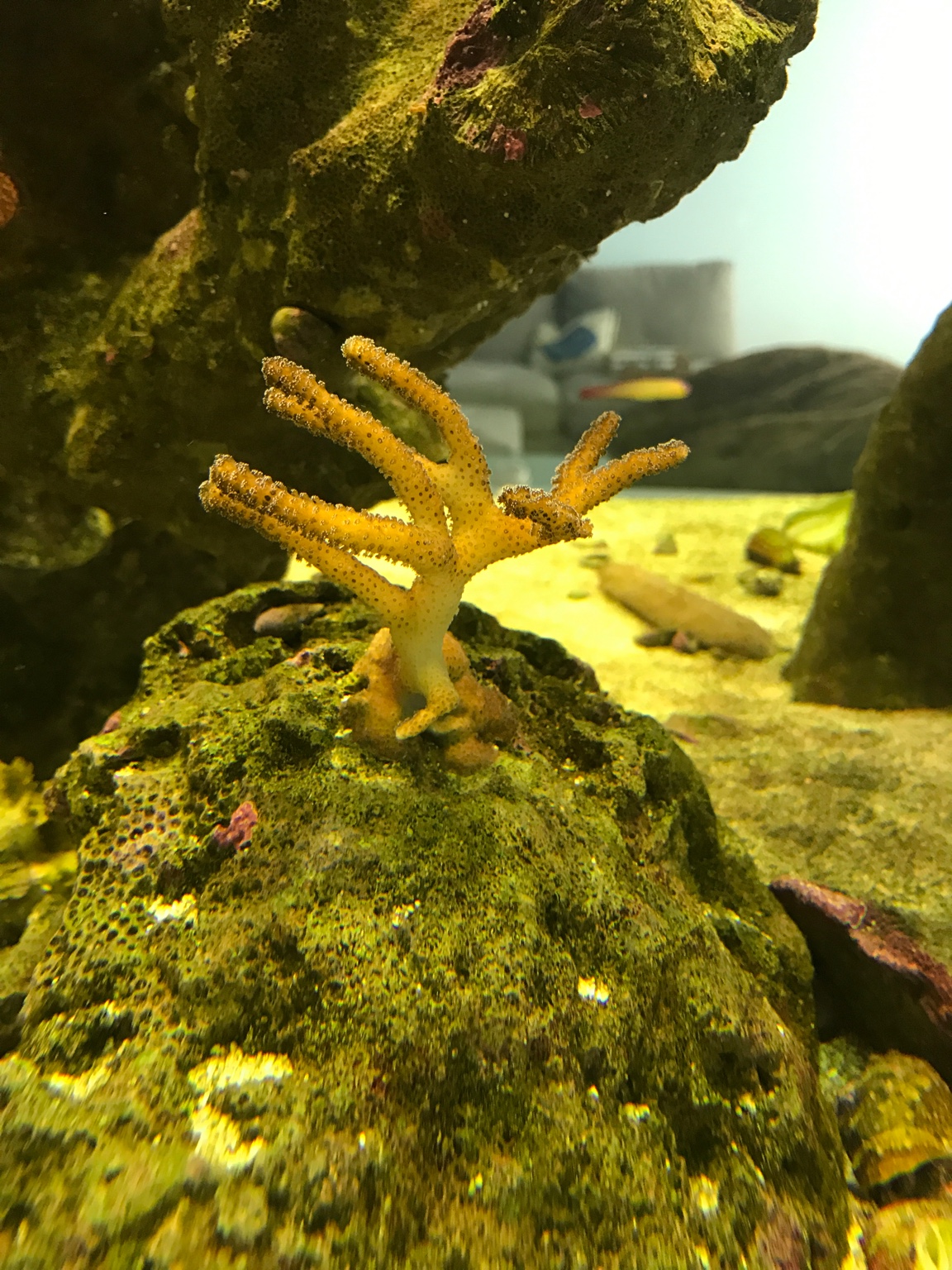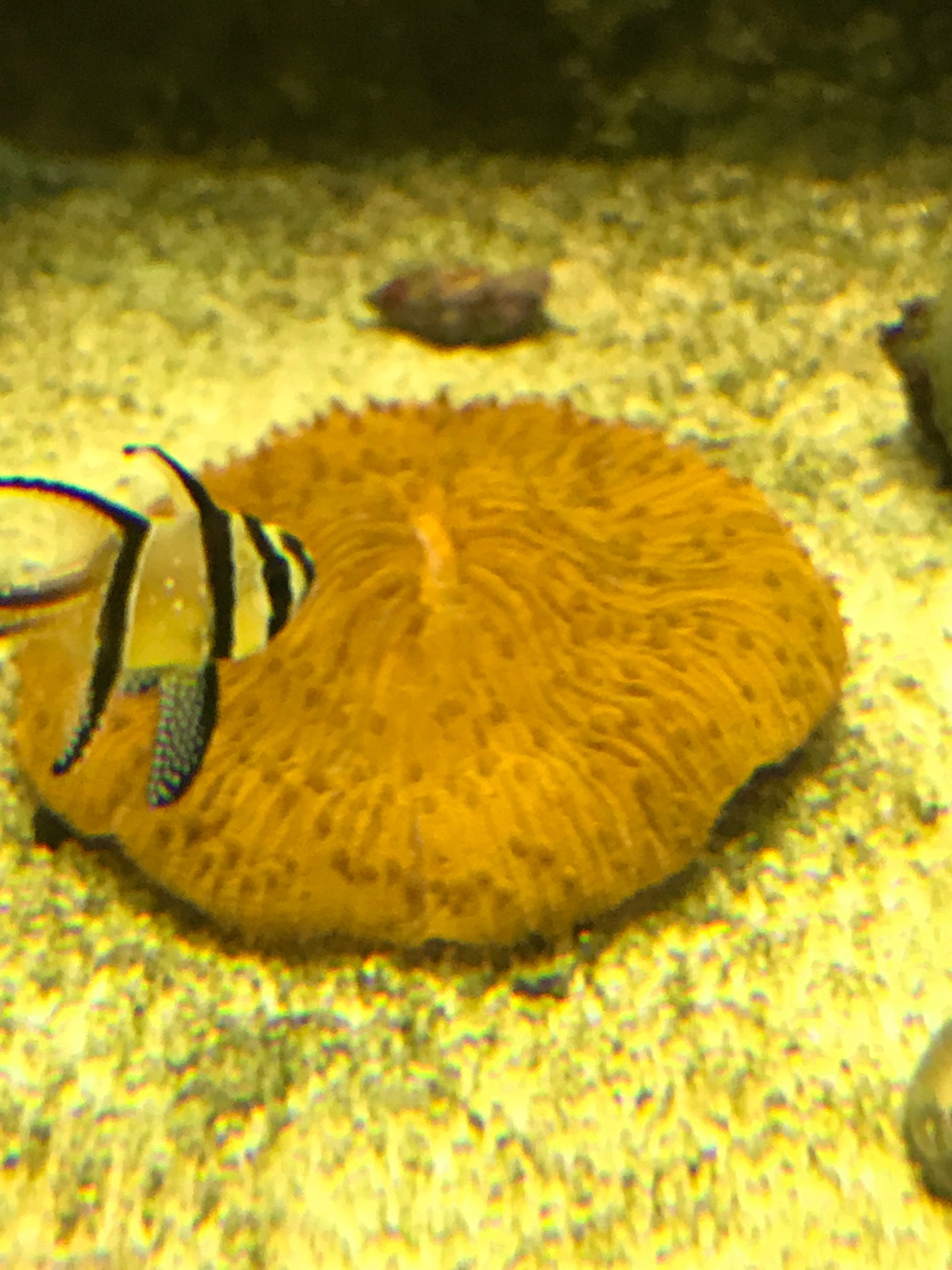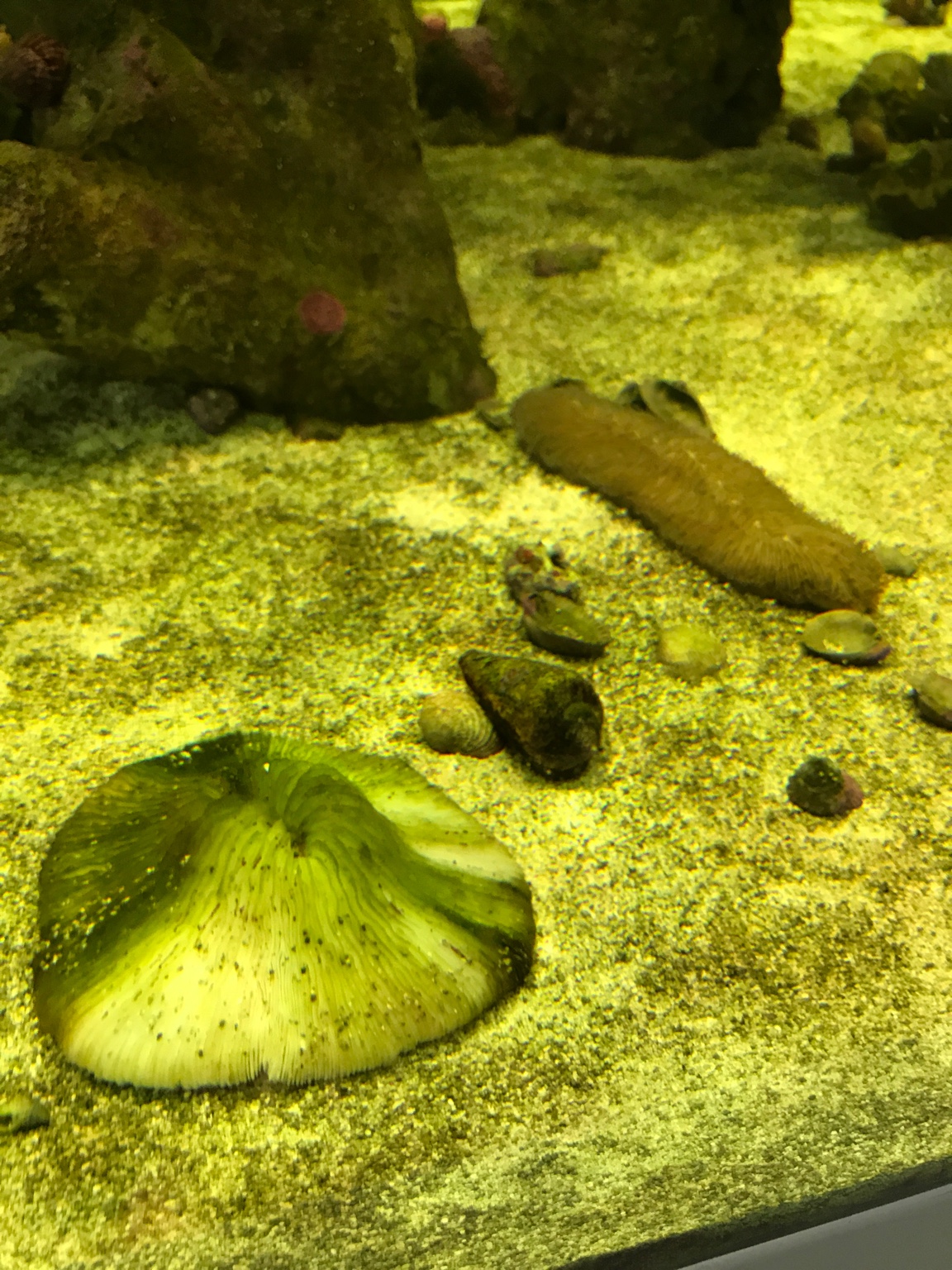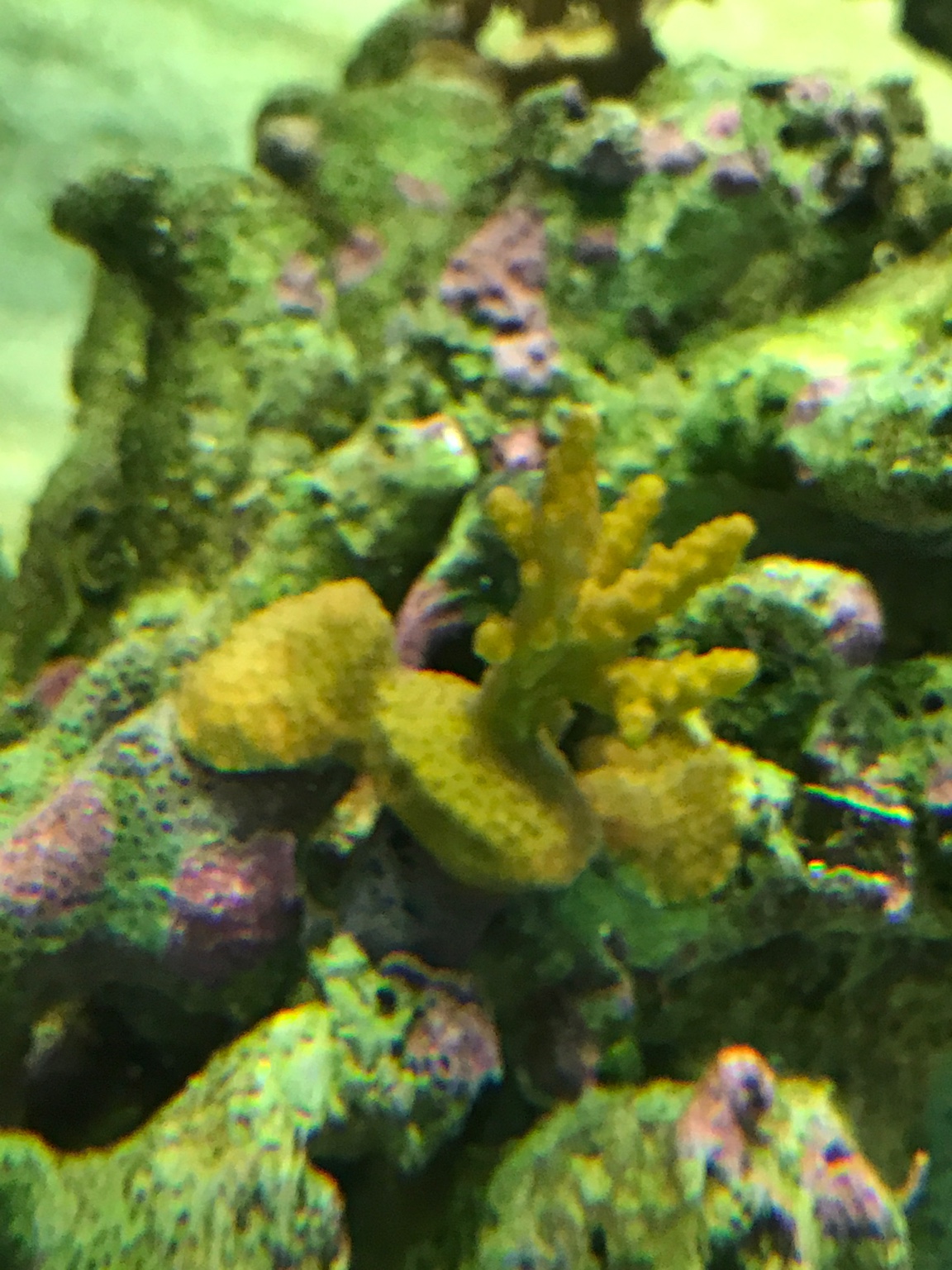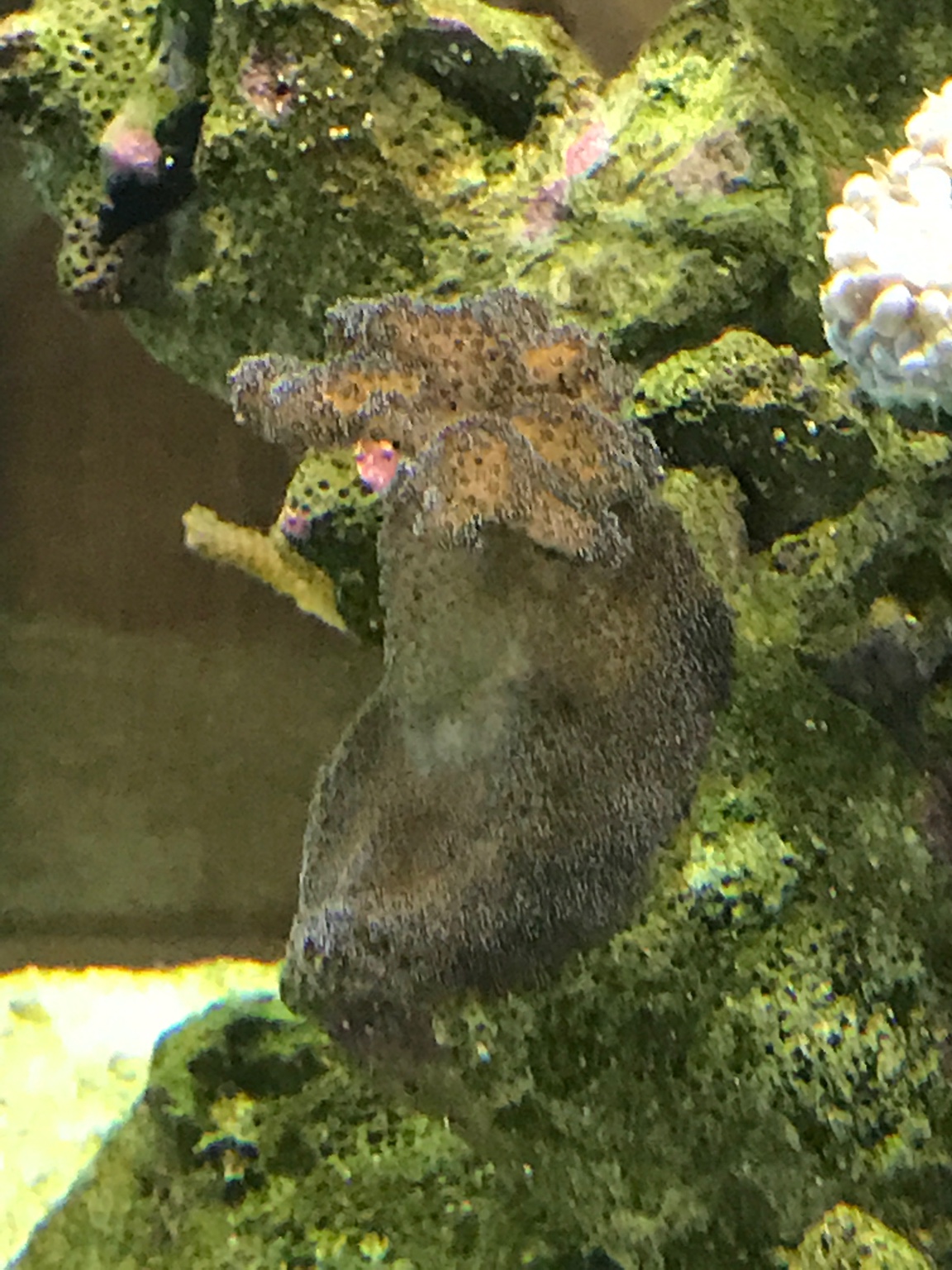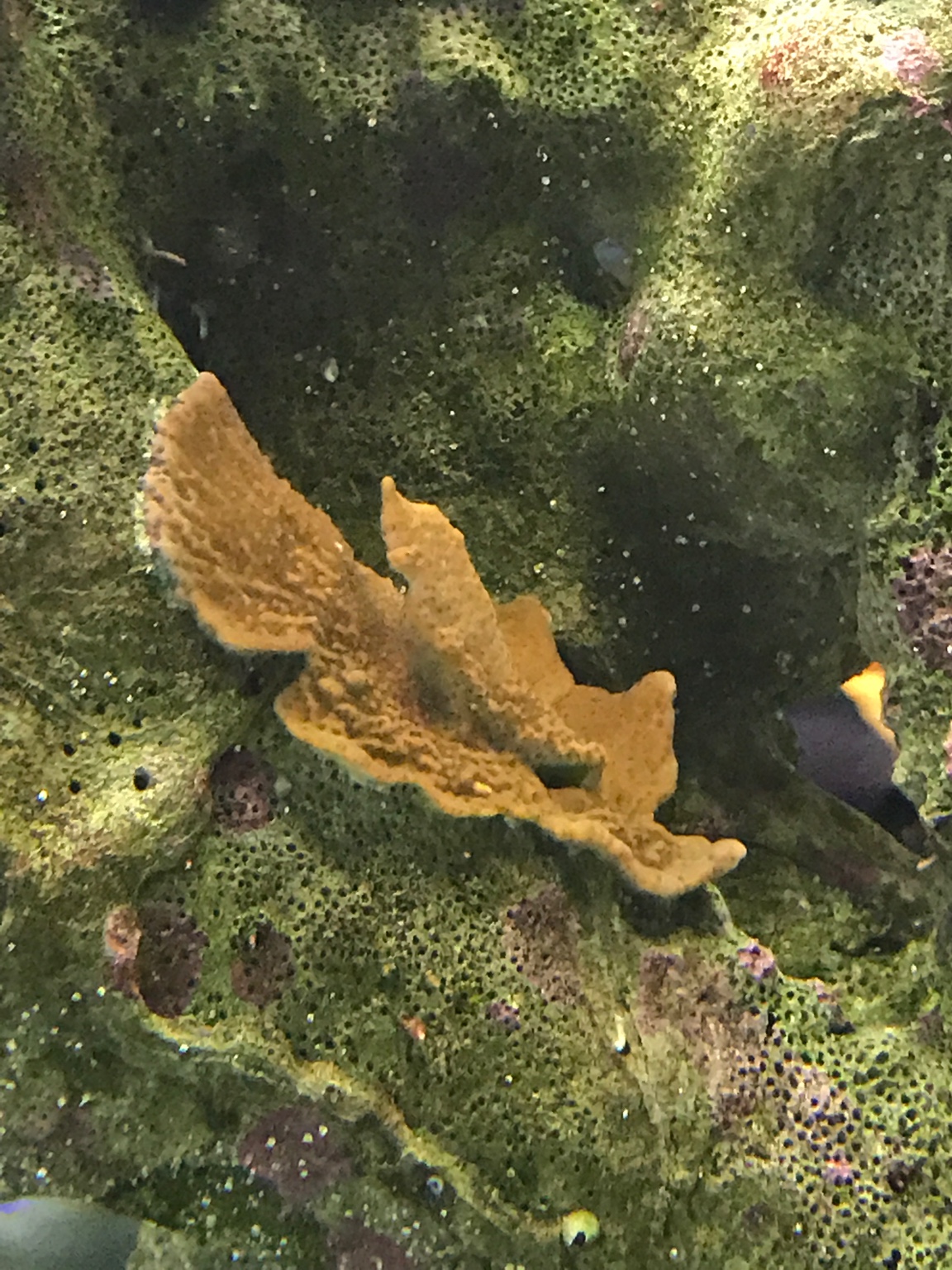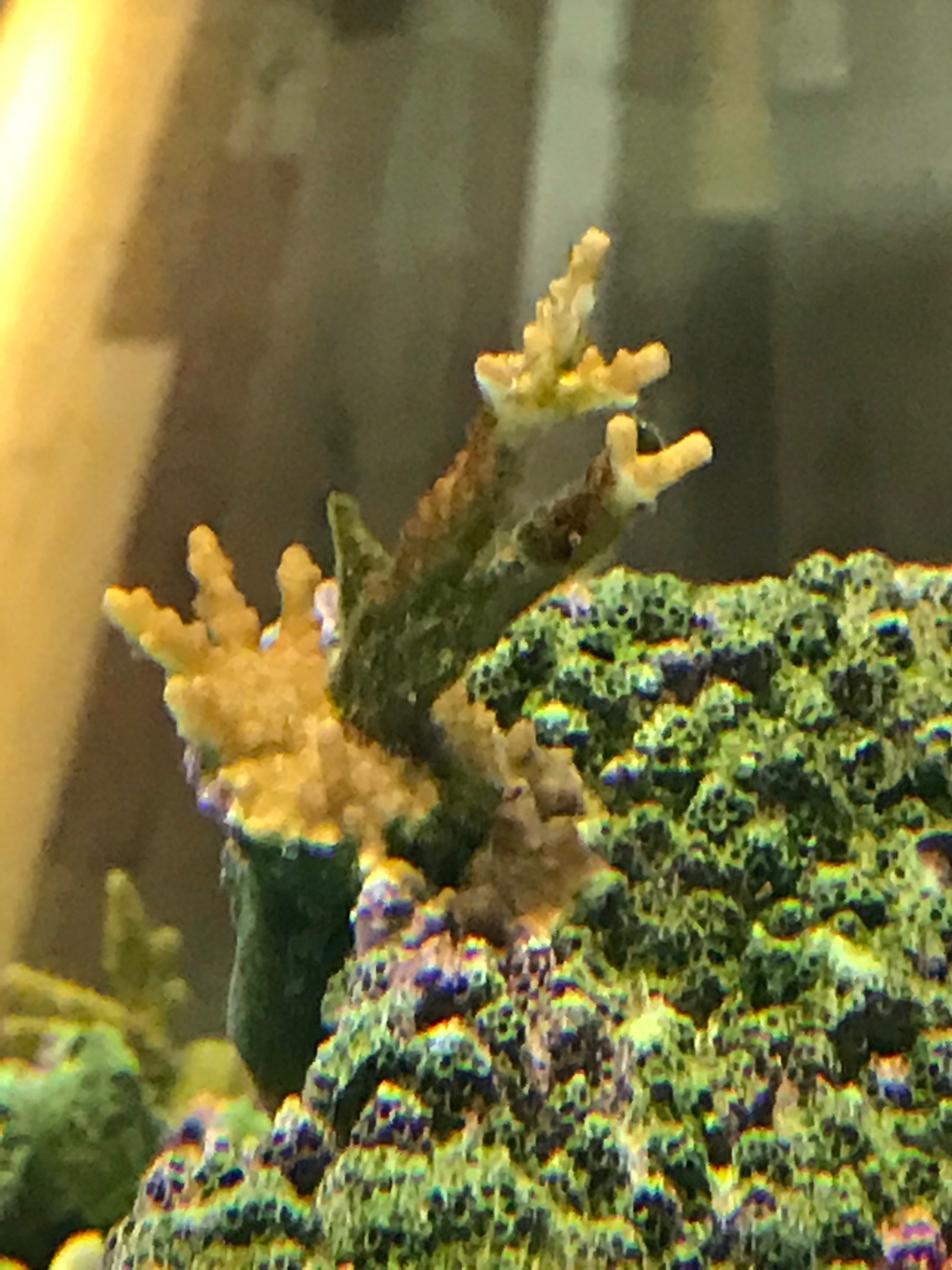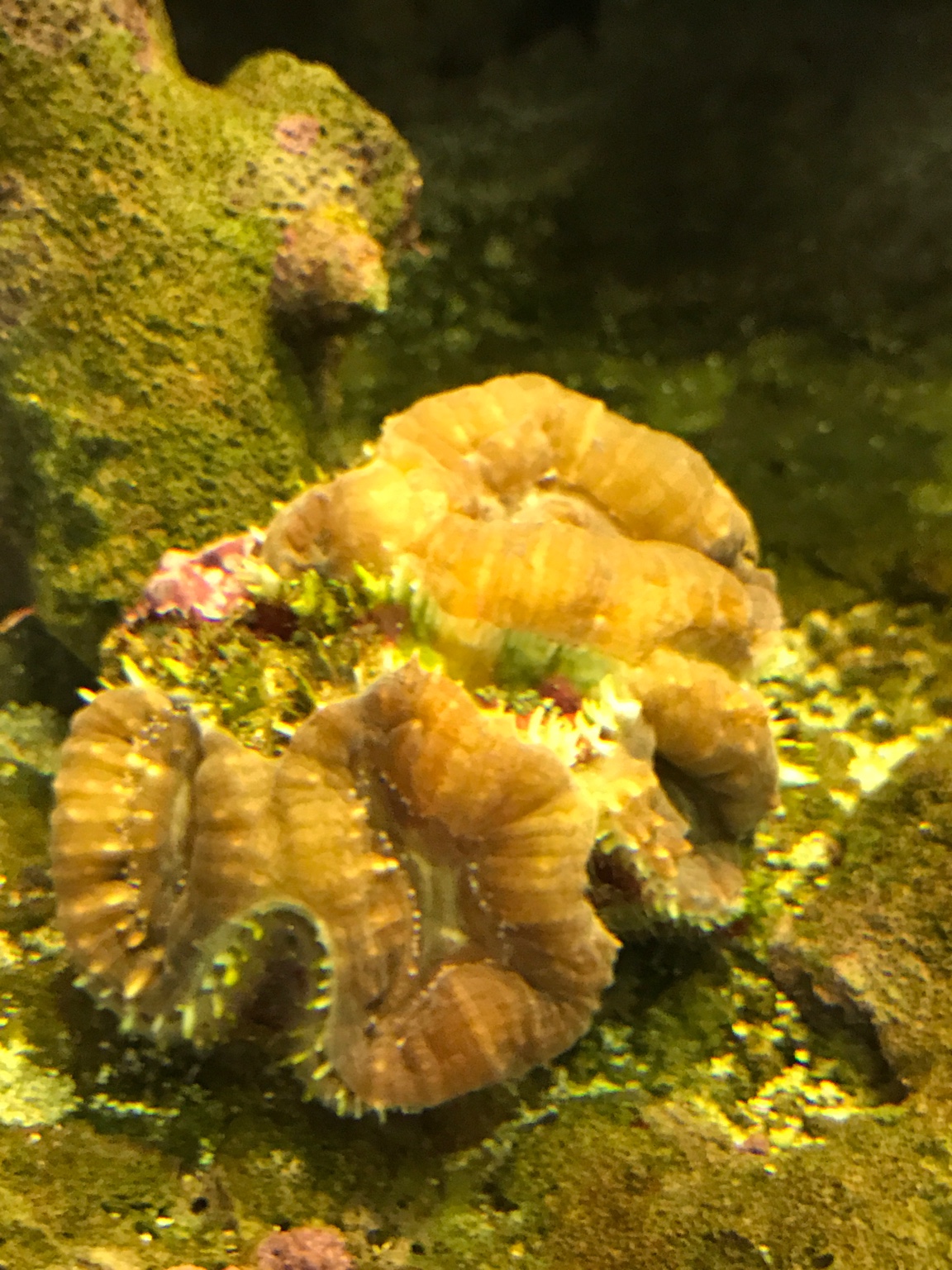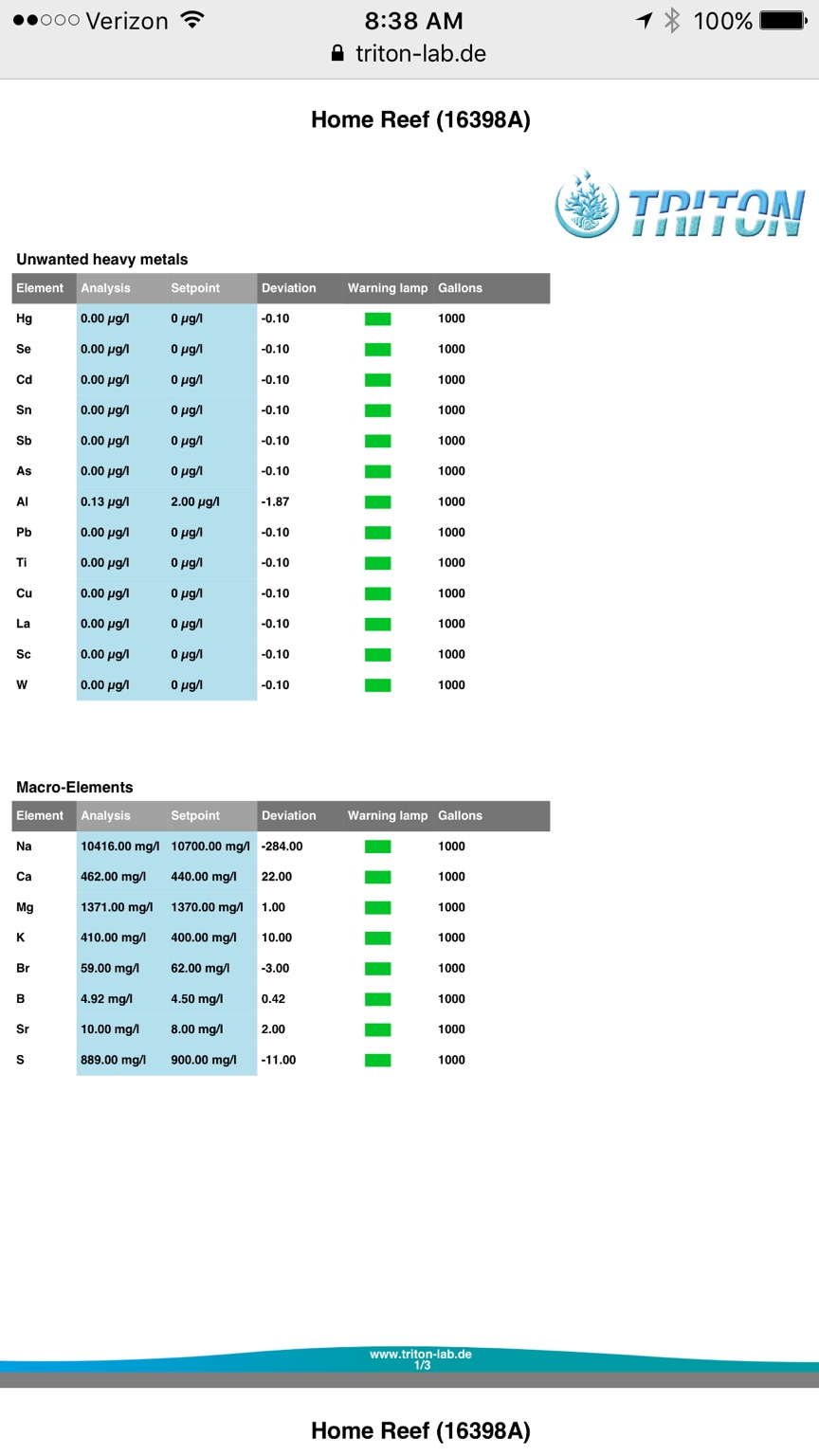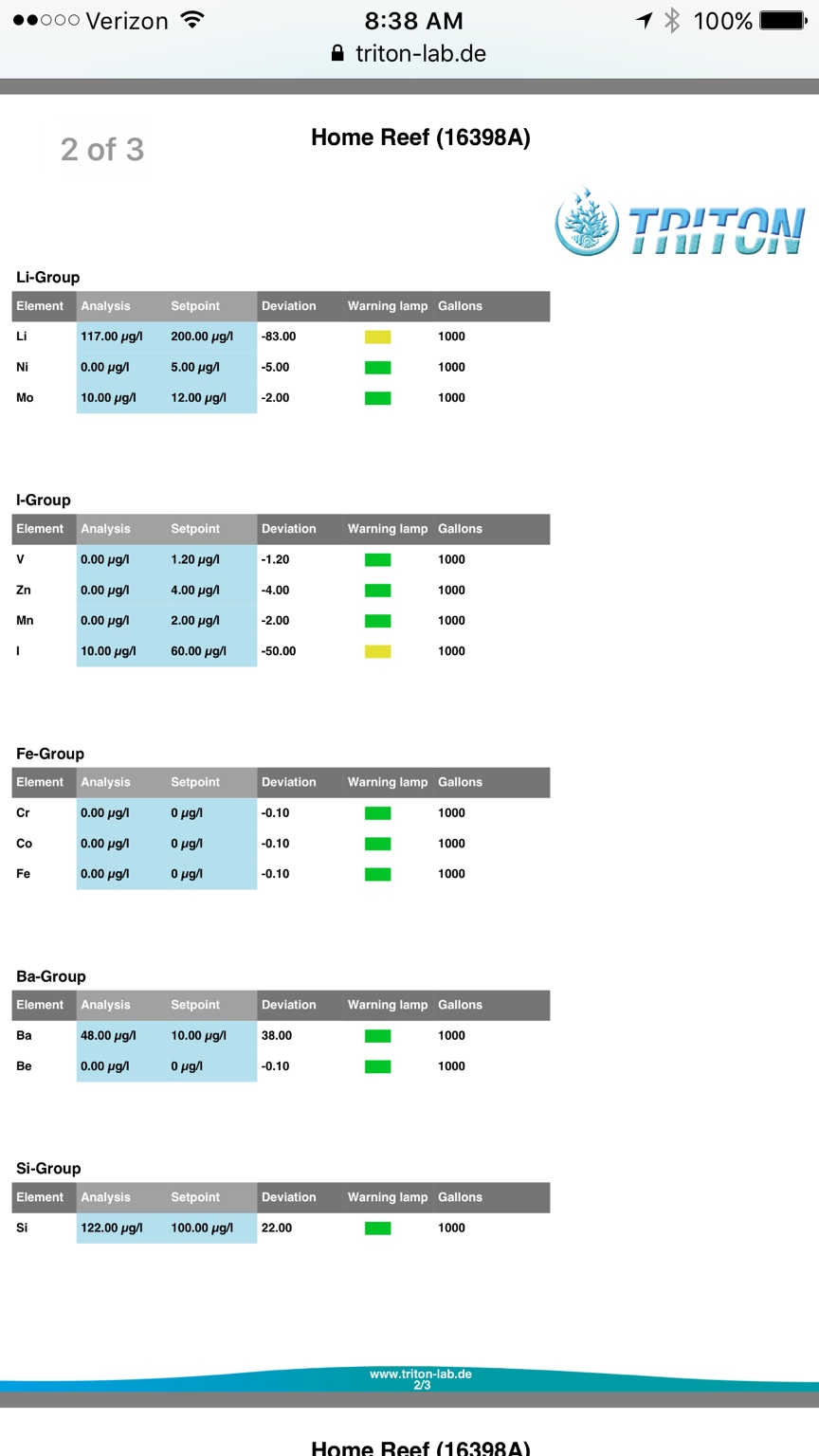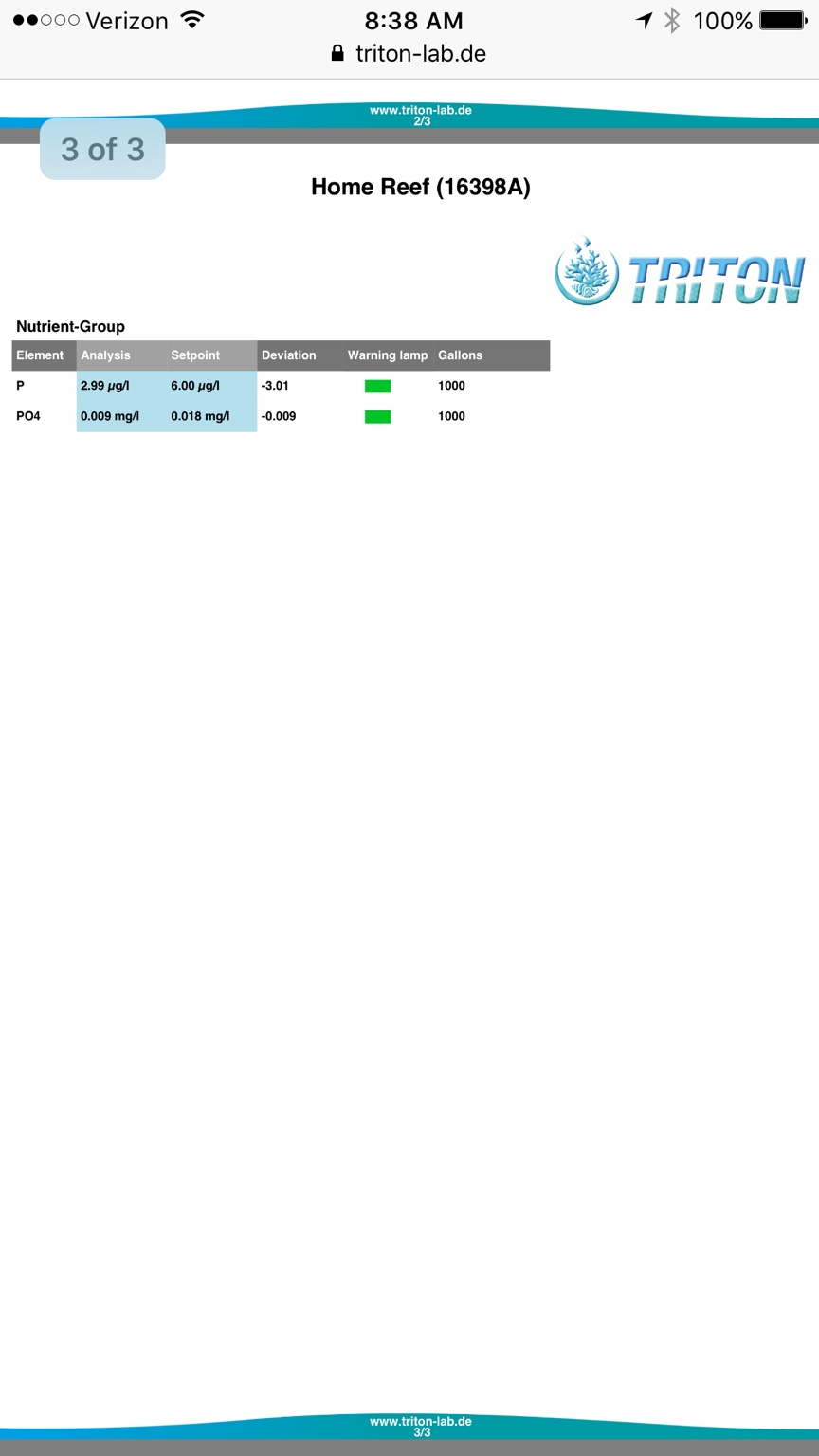- Joined
- Apr 17, 2017
- Messages
- 145
- Reaction score
- 273
I am pretty much at tang capacity. I have 3 yellows, 2 purples, a powder blue, a vlamingi, and a dsjardini sailfinI recomend cutting the gfo out slowly as ur nutrient deprived and if algea shows up buy some rabbit fish and tangs from tsm corals








